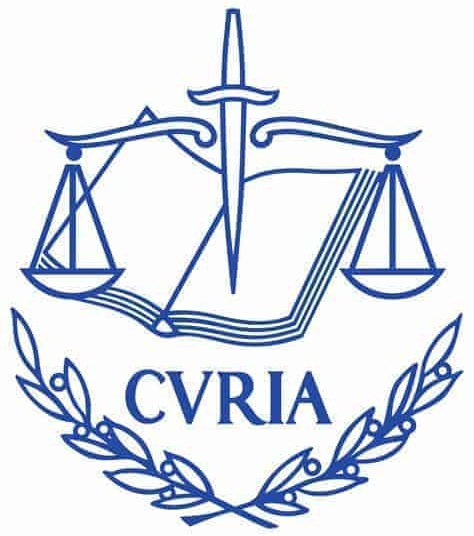The Supreme Court in Portugal is currently dealing with a legal dispute over forms and models of fashion and other clothing.
Under EU law, intellectual property is protected, inter alia, by works whose authors have the exclusive right under the Copyright Directive to authorise or prohibit reproduction, communication to the public and distribution. In addition, according to other secondary EU acts, there is specific protection for designs and models.
In this context, the Supremo Tribunal de Justiça states that the Portuguese Law on Copyright and Related Rights includes designs and
models in the list of works protected by copyright, but does not expressly regulate the conditions that must be met in order for certain utilitarian objects to actually benefit from such protection.
Since there is no agreement on that question in Portuguese case-law and teaching, the Court sought to ascertain whether the Directive on copyright precludes a national provision under which that protection is granted under the special condition that patterns and models have a special aesthetic effect beyond their intended use.
In a recent judgment, the Court answered that question in the affirmative.
In that regard, the Court draws attention, first of all, to its settled case-law, according to which any original object which is the expression of its own intellectual creation of its author may be classified as a ‘work’ within the meaning of the Copyright Directive. Next, the Court finds that several secondary EU acts provide for special protection for designs and models, the latter and the general protection existing under the Copyright Directive may be cumulatively applicable. Consequently, a design or model may also be classified as a “work” if necessary.
Nevertheless, the Court points out that, on the one hand, the protection of designs and models and copyright protection, on the other, have different objectives and are subject to different rules. The protection of patterns and models covers objects which are new and individualised, but which are for use and are intended for mass production. In addition, that protection is applicable for a period which, although limited, ensures that the investments required for the design and production of those goods are profitable, without unduly restricting competition.
On the other hand, the copyright-related protection, which takes considerably longer, is reserved for objects that can be classified as works. In this context, the granting of copyright protection to an object already protected as a design or model must not affect the objectives and effectiveness of those two schemes, which is why the cumulative grant of such protection is only possible in certain cases.
Finally, the Court explains that the aesthetic effect which a design or model may have does not play a role in determining whether the model or model can be classified as a ‘work’ in a specific case, since such an aesthetic effect is the the result of a naturally subjective sensation of beauty of the respective viewer.
On the contrary, classification as a ‘work’ is only possible if it is demonstrated that, on the one hand, the subject-matter in question can be identified with sufficient precision and objectivity and, on the other hand, constitutes an intellectual creation which demonstrates the freedom of choice and reflects the personality of its author. Consequently, models cannot be classified as ‘works’ solely because they have a specific aesthetic effect beyond their intended use.



















